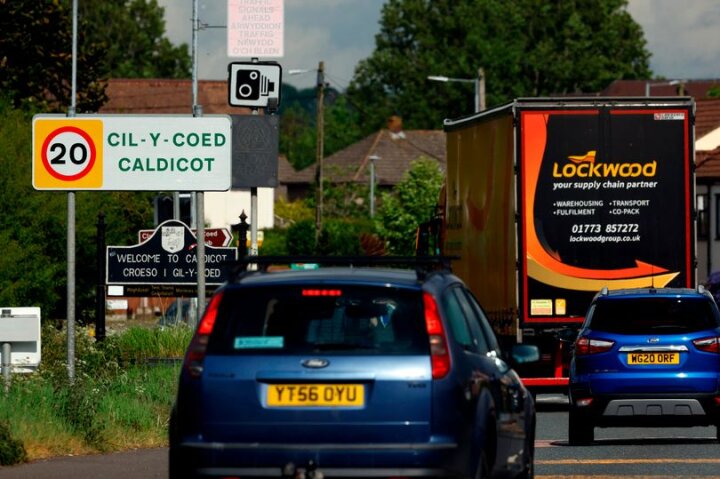Wales becomes UK's first nation with 20mph default speed limit

The Welsh Government say it will reduce the risk and severity of injuries as a result of collisions between vehicles and vulnerable road users; encourage more people to cycle and walk; make Wales more attractive for our communities and bring physical and mental health benefits.
There have been pilot schemes running across Wales and Senedd members voted with 39 in favour and 15 against.
In her speech about the plans, climate change minister Julie James said: "The future of our towns and cities depends on our ability to move around sustainably and on solutions that have a positive impact on public health environment and communities.
"That is why we will use the principle that walking cycling and active travel must remain the best options for short urban journeys and a 20mph default speed limit will help achieve this. The introduction of a national 20mph limit would be an important and far reaching policy. If passed Wales would be the first country in the UK to introduce the change. We're asking you all to be part of this change and make our communities understand the wider benefits of 20mph.
Well it has been passed and becomes law in September 2023 maybe the rest of the UK will follow suit so please remember when driving in Wales after September 2023 you will be booked for speeding if your driving over 20 MPH in a 20 MPH zone and lose points on your UK driving licence.
https://chng.it/jQ7MPypkgC



